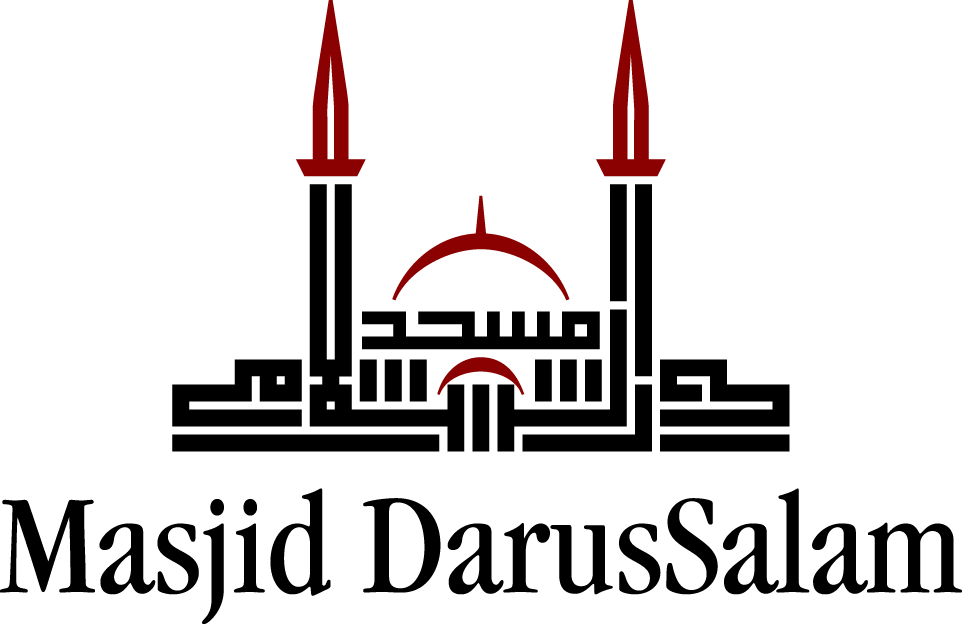Why Boys are Struggling

The Missing Incentives for Education
By Rafi M. Ali, M.D.
Director of DarusSalam Seminary’s Tadrīs Integrated High School Program
It is clear that women are outperforming men in academia. In all fifty states, more girls are graduating high school than boys; the disparity amounting to 10% to 25% in eighteen of the fifty states.[1] Despite consistent evidence that a college degree confers a substantial income advantage, only about 37% of college degrees are awarded to men. “Where have the men gone?” is the outcry. Perhaps boys are spoiled in the worst possible ways. They grow up with perpetual entertainment from video games, internet, social media, and easy living on the wealth of their parents. Perhaps, however, these are only symptoms of a deeper problem — a lack of incentives for boys to mature into men.
The majority of children with the worst academic and social outcomes are from broken families. Some 43%, or over 20 million children live without their fathers.[2] Seventy percent of high school dropouts are from fatherless homes.[3] Those children lucky enough to live with their father still see their dads from a cultural disadvantage. Over 70% of depictions of men in the media show them in a very negative light.[4] Here are some current descriptions of men as seen in media: dumb, bumbling, disconnected, careless, clueless, uninvolved, silly, comedic. I have spared the reader the worst. Men couldn’t find their socks if it weren’t for some women showing them where to look. Male role models are vanishing. No wonder that suicide is the second leading cause of death among young men.[5],[6] Who would want to embrace the role of the rejected?
Why is there such male-bashing? In the fight for gender equality, our society has seemingly indicted all men living for the patriarchal injustices of all men that ever lived. Boys must re-invent themselves in light of new egalitarian ideals. This is an amazing burden to place on a small child. In the binary world of the myopic, speaking on behalf of boys is often perceived as an affront against women. In the gender wars of attrition, children are the innocent victims, and they are sacrificed by the millions. Were there no decent men in history? It is of the most tragic of human weaknesses to equate reality with the muck that occupies the front page of human imagination.
Of course, it is inconceivable to the western mind, shaped in the crucible of its gender wars, to consider an alternative paradigm of gender relations; one where men are to lower their gaze, and women are to lower their gaze, where women are to be honored, and men to be respected. And paradise is at the feet of the mother. Such has been the weakness of the West, hitherto dominated by the male perspective. Perhaps women of the West can do better? On that happy day, if they choose to study Islam in full seriousness, perhaps they can first consider:
…And the male is not like the female! (Qur’an 3:36)[7]
Boys matter! They want to be acknowledged as the uniquely special individuals that they are, and acknowledged for the important contributions they can make to society as men. In the tradition of all great men, they want to serve, lead, create, and share. Let’s cherish our children, both girls and boys.
[1]. Tom Ostapchuk, “Breakdown of US High School Graduation Rates,” The Huffington Post (TheHuffingtonPost.com, December 7, 2017), https://www.huffingtonpost.com/tom-ostapchuk/breakdown-of-us-high-scho_b_9265724.html.
[2]. “The Extent of Fatherlessness,” National Center for Fathering, https://fathers.com/statistics-and-research/the-extent-of-fatherlessness/ (accessed October 1, 2019).
[3]. “Statistics.” The Fatherless Generation, April 28, 2010,
https://thefatherlessgeneration.wordpress.com/statistics/.
[4]. “Men Become the Main Target in the New Gender Wars,” Phys.org (Phys.org, November 27, 2006), https://phys.org/news/2006-11-men-gender-wars.html (accessed October 11, 2019).
[5]. The leading cause of death is accidents (the third leading cause is homicide).
[6]. “FastStats – Adolescent Health,” Centers for Disease Control and Prevention (Centers for Disease Control and Prevention), https://www.cdc.gov/nchs/fastats/adolescent-health.htm (accessed October 1, 2019).
[7]. Ḥammād, 88.


